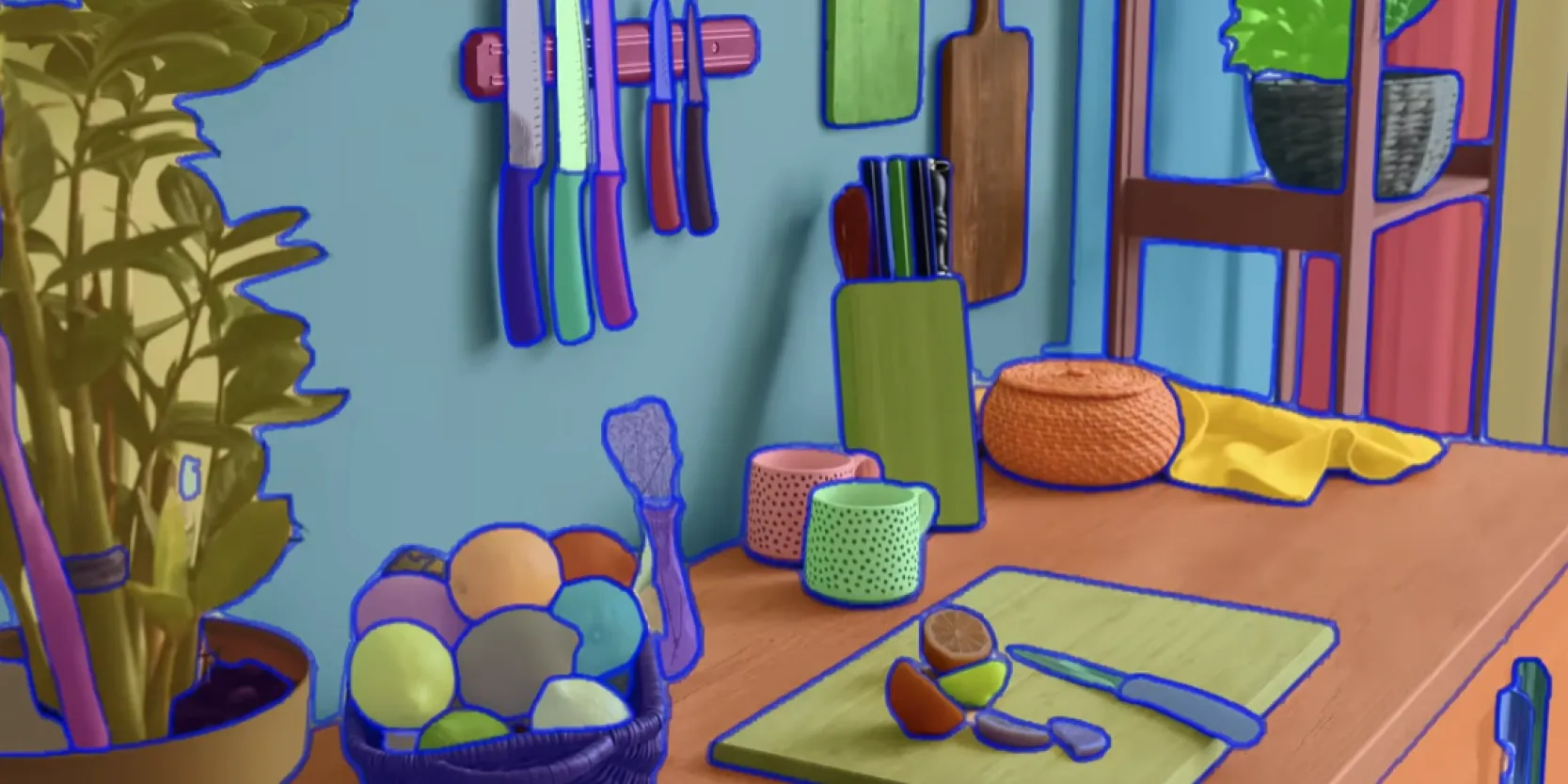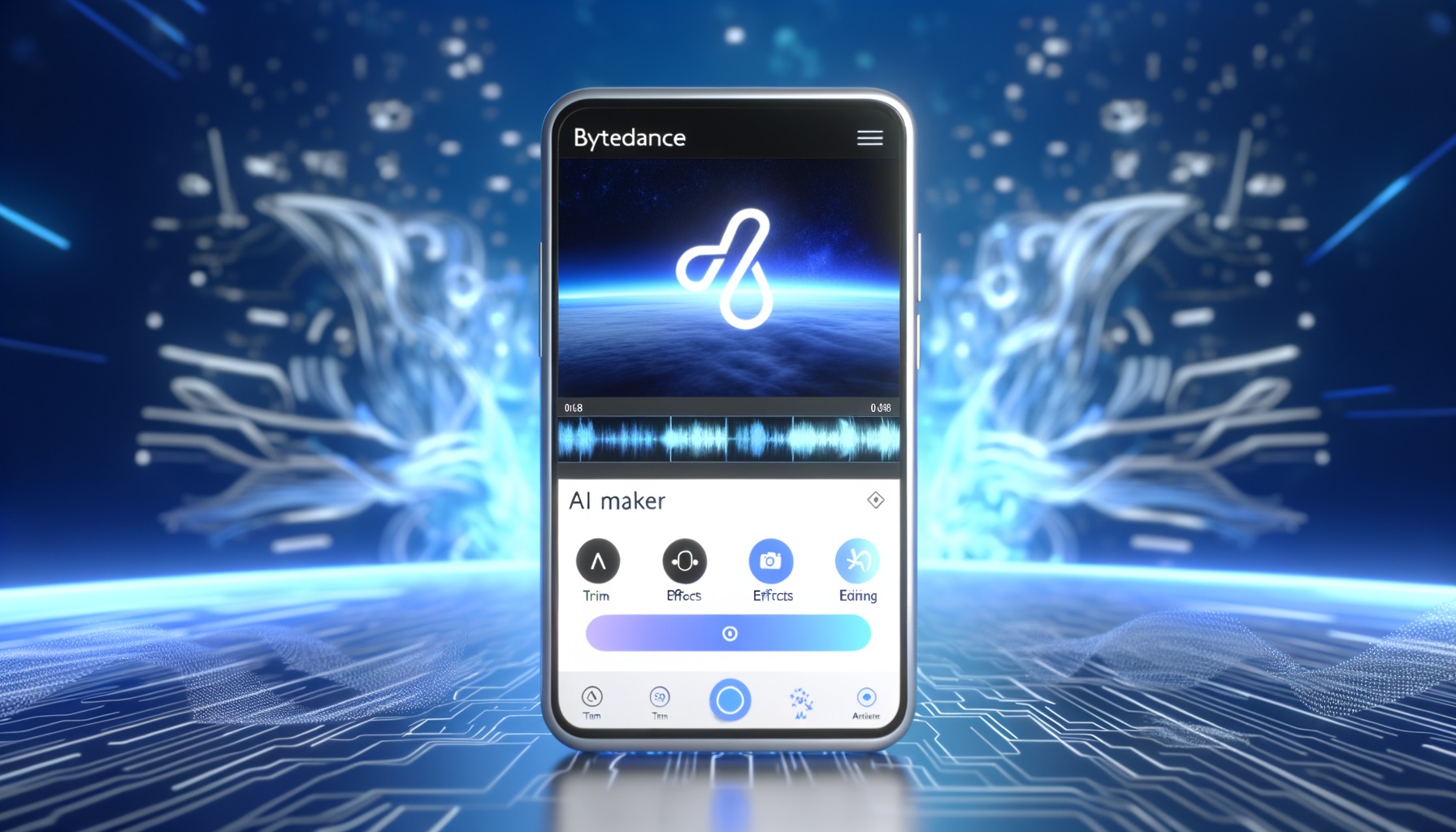
Meta has introduced Segment Anything Model 2 (SAM 2), enhancing its predecessor's capabilities to now include video. SAM 2 can segment any object in an image or video and track it across all frames in real-time. This model tackles video segmentation challenges such as fast-moving objects and occlusions, making video editing, mixed reality, and visual data annotation more efficient.
SAM 2 (Segment Anything Model 2)
SAM 2 brings several advancements:
Unified Architecture
Capable of handling both image and video segmentation, simplifying deployment and ensuring consistent performance across media types.
Real-Time Processing
Processes approximately 44 frames per second, crucial for immediate feedback applications like video editing and augmented reality.
Memory Mechanism
Features a memory encoder, memory bank, and memory attention module, allowing the model to store and recall object information across frames, addressing occlusion and reappearance issues.
Improved Accuracy and Efficiency
Requires three times fewer interactions and runs six times faster than the original SAM model, enhancing efficiency for real-world applications.
Zero-Shot Generalization
Segments objects it has never encountered before, useful in diverse or evolving visual domains.
Advanced Handling of Visual Challenges
Manages common video segmentation challenges such as object motion, deformation, occlusion, and lighting changes, ensuring continuity even when objects are temporarily obscured.
Interactive Refinement
Supports iterative refinement of segmentation results through additional prompts, essential for fine-tuning in video annotation or medical imaging.
Benchmark Performance
Outperforms state-of-the-art methods on various video object segmentation (VOS) benchmarks like DAVIS, MOSE, and YouTube-VOS.

ByteDance has launched a new AI video app that generates videos based on text prompts. This places ByteDance among the leading tech companies developing AI video generation tools, competing with offerings from OpenAI and others.
ByteDance's AI Video App
Key features:
- Functionality: Generates videos from text prompts, creating new content from scratch.
- Applications: Aimed at content creation, particularly for social media platforms like TikTok.
- Technology: Likely uses generative AI models trained on vast amounts of video data.
- Availability: Currently available to Chinese users on Android and iOS platforms.
- Market Position: Joins other Chinese tech companies in developing AI video generation tools, competing with OpenAI's Sora and similar models.
Comparing SAM 2 and ByteDance's AI Video App
These technologies represent different approaches to AI in video:
Purpose
- SAM 2: Segments and tracks objects in existing videos.
- ByteDance's App: Generates new videos from text descriptions.
Output
- SAM 2: Produces segmentation masks and object tracking data.
- ByteDance's App: Creates entire video clips.
User Interaction
- SAM 2: Allows interactive refinement of results.
- ByteDance's App: Focuses on generating content based on initial text prompts.
Availability
- SAM 2: Developed by Meta.
- ByteDance's App: Consumer-facing product available in app stores.
In summary, SAM 2 focuses on understanding and manipulating existing video content, while ByteDance's app is geared towards creating new video content from text descriptions. Both showcase the rapid advancements in AI-powered video technologies and their potential impact on content creation and manipulation.




